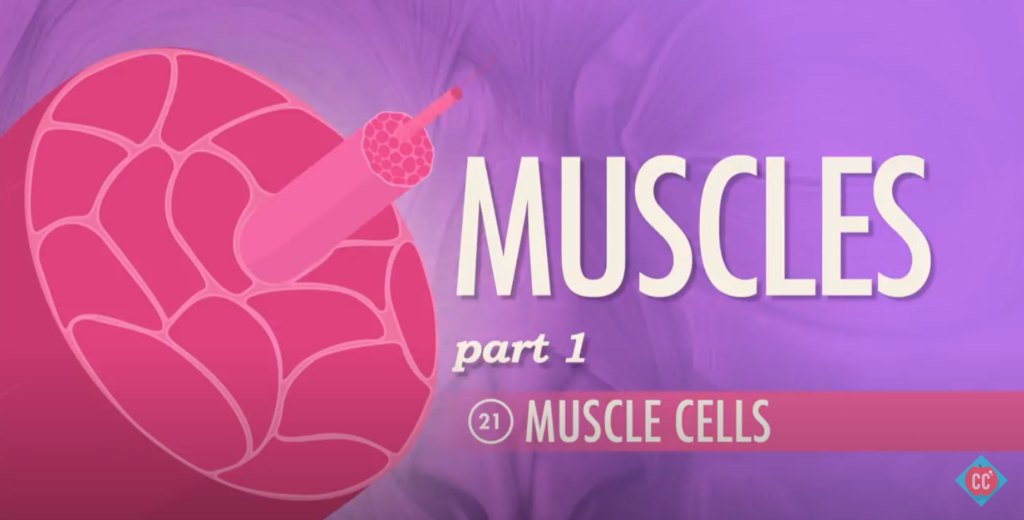This week’s curiosity box explores the following questions
- Can the world’s largest animal get larger?
- Why do our muscles start shaking when we exercise?
- When do we need to stop looking?
1 – Can the world’s largest animal get larger?
As of today, the largest animal that lives on Earth is the Blue Whales. It weighs more than a Boeing 757, and they have hearts that are as big as a small golf cart. This week I learnt one new thing about Blue Whales which was completely out the blue.
50 million years ago, when the evolution of different species was underway, and sea creatures started roaming on land, there was one land animal called Pakicetus that took the other route. It went into the oceans and evolved to become today’s whales.
While they were getting accustomed to the open oceans, they had to become big because that was the only way they could survive from predators like sharks. Also there was an abundance of food because of the ice age. And ultimately, nothing could stop these animals from eating and becoming as big as they wished.
But scientists believe that whales have hit a physical limit on their size. Currently, it takes 10 seconds for the Blue Whale to close its mouth. If it becomes any bigger, the time it takes to close its mouth would also increase. This is detrimental for the Blue Whale because all the krill and shrimp it tries to eat would escape its gigantic mouth before it even closes.
On land, science dictates that an animal can’t get as big as a Blue Whale. As an animal becomes bigger, the body mass and the skeleton strength does not expand equally with the same factor. So even if an animal gets bigger and bigger, there will be a breaking point where the bones would give way because of the weight. This is, however, not the case for the blue whale because of buoyancy.

So, we are living amongst the largest creatures Earth can have.
2 – Why do muscles shake when we exercise
An intensive gym routine marked the beginning of this week. I did 25 min of cardio and followed it up with an upper-body combo focused on my shoulders and arms. As part of the routine, I did one exercise called the dive bomber push up. The workout might seem easy, but it is one of the most challenging exercises; in my second set itself, my arms and legs started shaking a lot.
I wondered why that happened…
On a high-level, the top three reasons for your muscles to shake after exercise are fatigue, dehydration, and if you are doing the activity for the very first time. As our muscles get tired, the brains get into a dilemma where it does not know if it should continue to support the muscle of just give up because of exhaustion. The muscle fibres begin an intermittent firing process which is nothing but the shaking we experience. As I deep dove into science behind, the mechanism behind the working of our muscles fascinated me.
To really simplify the mechanism – imagine you are drawing water from a well using a rope. You pull the bucket full of water up, and you slowly let go of the rope to lower the bucket again. This action is analogous to the way our muscle works. The myosin (~hands) attaches and pulls the actin (~the rope) to activate the muscle (~lifting the load up). In medical terms, this mechanism is called the sliding filament model.
The actin is fuelled by the carbohydrates, oxygen-rich blood, and the fat deposits. When the actin loses fuel, it no longer can attach to the myosin, and it loses the ability to contract the muscle, i.e. fatigued and you know the rest.
3 – When do you need to stop looking?
The one thing that has been bugging me for the past two weeks is to decide which cycle to buy. It is a decision that has been nagging my head because I have had absolutely no knowledge of bikes – Is it too expensive? What is the difference? Is it good looking enough? Is it a good brand?
Like the last week, there are many other situations where making a decision has been hard even though there was no need to. This decision-making problem not only applies to buying something but also to choosing the right partner or employing the perfect team member.
All of these problems occur when there is no objective way to select one over the other and also when you are not time-bound to make a decision. All these problems falls under a category called the Optimal Stopping Problem, i.e. not knowing when to stop looking.
It so turns out that there is a mathematical figure that would help you with this – 37%
The problem’s solution indicates that you need to allocate some time looking for the best (i.e. 37% of the options). So if you have 100 bikes to choose from, just keep going through the first 37 without making a decision to buy or not. After the 37% mark, you have to make the leap for the next best option that comes underway.
After all that thought and energy I put into selecting the optimal bike, I decided to make the leap for the one. I got my card to place the order and began filling my details. Just before I hit submit, I got a pop-up message that said Currently Out of Stock. Thank you, COVID.

That left me but out laughing !!!
Your cycle I mean….
The other two articles were very interesting…..